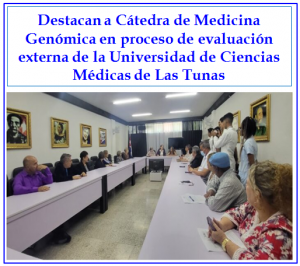 La secuenciación del genoma de 138 individuos de 49 familias, permitió llegar a un nuevo diagnóstico molecular en el 30,6 % de los casos, y al menos 11 de aquellas recibieron información útil para el manejo de la enfermedad. Otros resultados son descritos en Costain G, Walker S, Marano M, Vennma D, Snell M, Curtis M, et al. Genome Sequencing as a Diagnostic Test in Children With Unexplained Medical Complexity. JAMA Netw Open. 2020;3(9):e2018109.
La secuenciación del genoma de 138 individuos de 49 familias, permitió llegar a un nuevo diagnóstico molecular en el 30,6 % de los casos, y al menos 11 de aquellas recibieron información útil para el manejo de la enfermedad. Otros resultados son descritos en Costain G, Walker S, Marano M, Vennma D, Snell M, Curtis M, et al. Genome Sequencing as a Diagnostic Test in Children With Unexplained Medical Complexity. JAMA Netw Open. 2020;3(9):e2018109.
Filed under Defectos congénitos, Diagnóstico by on . Comment. ![]()






